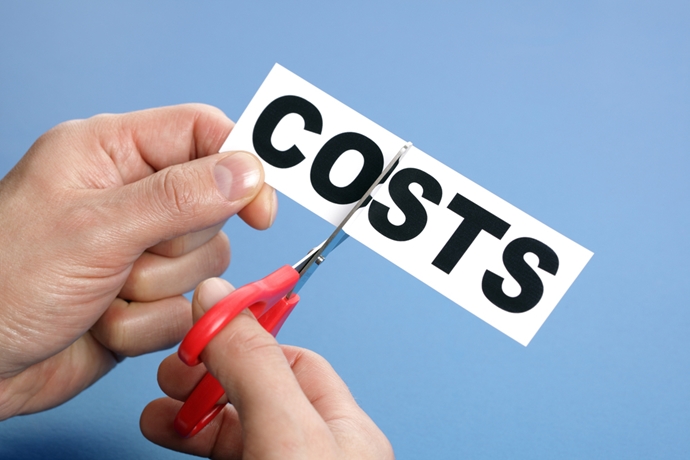
Reducing fleet costs might seem easier said than done, but with some strategic know-how, a more cost-effective and efficient fleet can become a reality.
Replace older vehicles
Older vehicles guzzle down gas, we already know that much. So, upgrading your vehicles for newer models will help keep fuel efficiency in check. Not only that, keeping older vehicles past their optimal lifecycle can result in excessive maintenance costs and reduced utilisation because the vehicle isn’t performing. We recommend you choose your vehicles based on whole-life costs instead of only reviewing the purchase price. Consider relevant factors, such as initial new vehicle cost, reasonable projected resale value, fuel KPL, planned maintenance and projected repair, and personal use payment.
It’s time to digitise
When driving a heavy vehicle (Hino 700 series), each driver is required to carry and complete a national driver’s work diary. This ensures rest hours are compliant with the Heavy Vehicle National Law (HVNL) and your driver’s fatigue is managed. If done electronically, it also allows you to manage and control labour and activity costs.
This HVNL rule does not apply to all vehicles on the road, and therefore, we encourage all fleet owners to implement a GPS System. Keeping your fleet activities in one centralised web-based location through a platform or app allows you to increase productivity, control labour and fuel costs, improve driver safety and efficiency, and reduce operating expenses.
Regular maintenance
It might seem like a no-brainer that regular scheduled servicing equals an economical vehicle and keeps your truck running further for longer, but here are some quick tips that you should do yourself to make your trucks run more efficiently.
- Check the engine oil level regularly and make sure your vehicle is parked on level ground to view exact levels. If you need to top up the oil level, be sure the correct oil is used that meets the emission rating for your vehicle. All genuine oils meet these specifications.
- Inspect and replenish brake and clutch fluid. Make sure you use the same fluid already in the vehicle, otherwise, mixing will change the nature of the fluid; its boiling point will drop and parts will become rusty.
- Check the coolant level in the reserve tank and add only genuine coolant when the engine is cold.
- Check the air cleaner for any build up of dust or mud. If the indicator signal is red, clean or replace the element.
- Check the tire inflation pressure with an air gauge and if low, add air when the tires are cool.
For more daily inspections and maintenance tips, refer to your owner’s manual.
Lowering insurance costs
Employing a safety management plan can potentially lower your insurance costs. When you have an accident and safety plan in place, you cut down on lost productivity, vehicle and property damage and, most importantly, you’ll be able to quickly get back on the road again if anything bad should occur.
Here are a few quick tips:
- Screen and road test potential drivers, and only permit qualified persons to operate vehicles.
- Install GPS tracking as part of your safety management program.
- Teach drivers what to do in case of an accident, and keep an accident reporting kit in each vehicle.
- Ensure your drivers are familiar with the route and are comfortable in their vehicles.
- Take time to track, report and analyse accidents to understand causes and patterns.
At the core of it all, creating a more efficient ecosystem and workflow for your fleet comes from setting up a solid plan and being organised. Start with the tips above, and build from there.